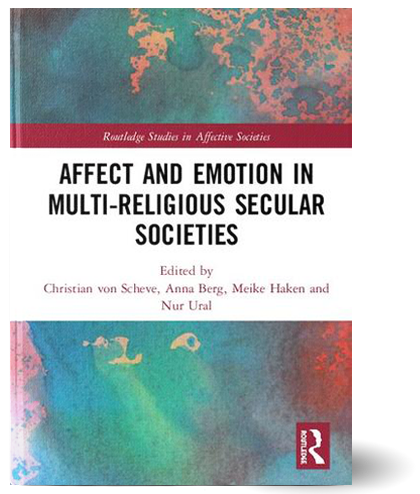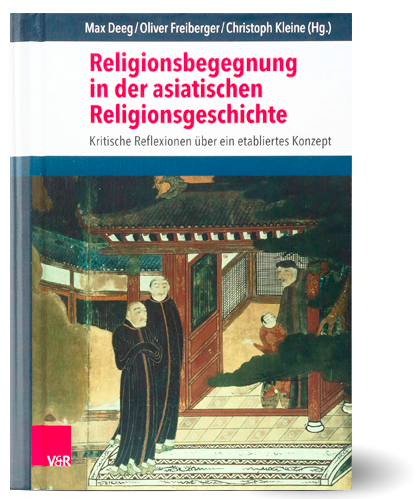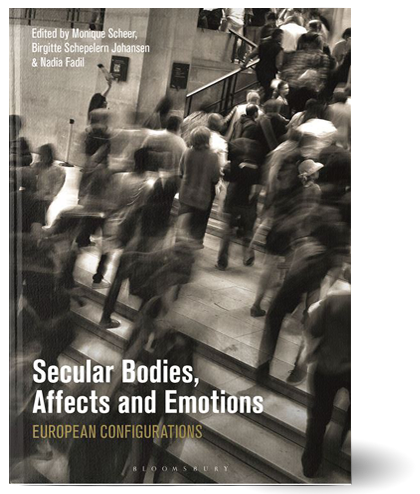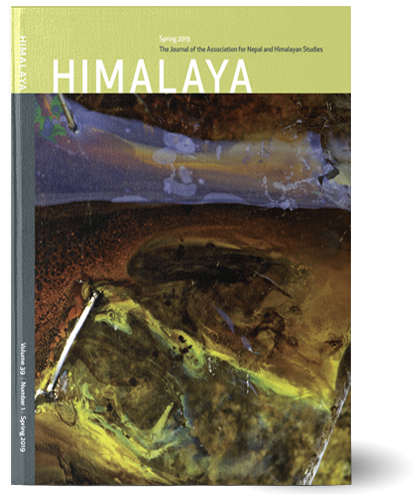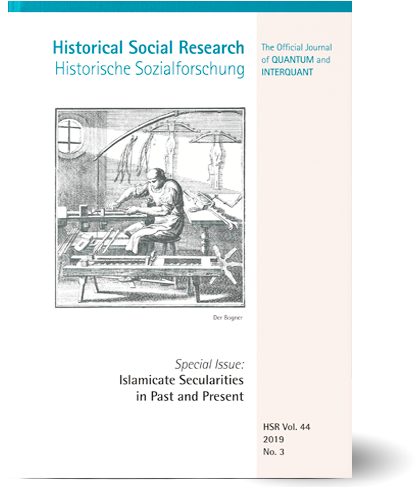The article deals with the sometimes bitter public, political and scientific debate on the relationship between religion, culture and identity in Islam. The spectrum of positions ranges from notions that modulate conventional theories of cultural areas (cultures as homogeneous, closed, permanent, if not eternally static entities) to vehement attacks on the concept of culture as an expression of essentialising othering, which first constructs an "other", then fixes it to a given essence, possibly coagulated in texts, in order to finally devalue it as a negative foil for the superior "own". In my academic environment, critics usually refer to postcolonial theories, especially to Edward Said's influential reckoning with Orientalism. Michel Foucault is unmistakably in the background. A minoritarian but sharply formulated criticism of the concept of culture goes even further, understanding the concept of culture as a placeholder for the category of race ("cultural racism") and characterising demarcations based on perceived or postulated cultural difference as racist ("racism without race"). Here Frantz Fanon, Etienne Balibar or Stuart Hall are the intellectual godfathers. What these critiques have in common is that under post-structuralist conditions they perceive the drawing of boundaries almost exclusively (!) as strategies of exclusion.
Krämer, Gudrun. “Islam, Religion, Kultur oder: von harten und von weichen Linien.” In Identität - Hass - Kultur. Edited by Carl F. Gethmann and Friedrich W. Graf. 1. Auflage, 172–202. Göttingen: Wallstein, 2019.


